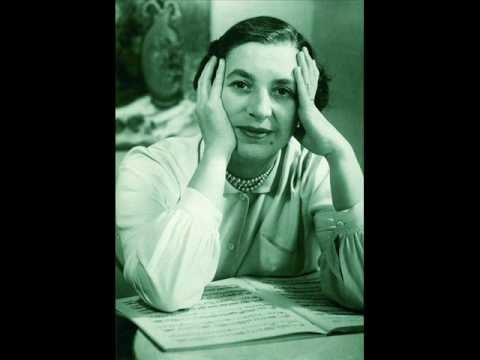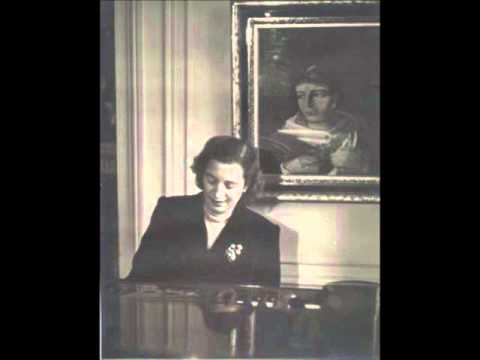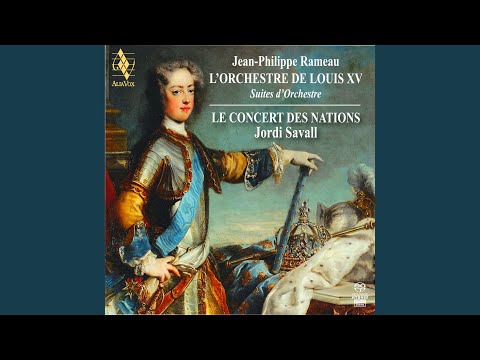all comments from 7 Things You (Probably) Didn't Know About Rameau - Orchestra of the Age of Enlightenment
- Rameau was taught to play harpsichord before he could read or write and therefore never became fluent in his speech – and his handwriting was difficult to read, too.
- He originally became a lawyer, but the position never suited him.
- He had very strong views on music, which he described as ‘the language of the heart’, to the extent that his musical views ended up making him several personal enemies.
- Rameau had a severe case of wanderlust throughout his life. Before he settled in Paris to become a serious composer at the age of forty, he performed with a troupe of wandering violin players. He also accepting a series of organist posts for only a few years at a time in Paris, Avignon, Clermont, Dijon, and Lyons.
- In 1722, Rameau wrote a book on musical theory, the Treatise on Harmony. His goal was to illuminate the structure and principles of Western music. This initiated a revolution in music theory and he soon became known as the ‘Isaac Newton of Music.’ His Treatise formed the foundation for instruction in Western music theory that is still used today.
- Rameau’s music was often written in sharp contrast between another well-established French composer of the time, Jean-Baptiste Lully. Lully was known for his French poise and reserve, while Rameau preferred red-blooded passion and intensity. When Rameau’s first opera, Hippolyte Et Aricie, premiered in 1733, the storms of protest that evolved foreshadowed another infamous Paris premiere – Stravinsky’s The Rite of Spring in 1913.
- In 1748, Rameau made another splash into the Baroque opera world with the premiere of Zaïs. The overture alone features a heart-stopping depiction of the world’s creation, complete with swirling explosions and an ominous tolling drum. And until our premiere on 27 April 2013, this opera had never been performed in the UK.
Marcelle Meyer plays Gavotte avec ses doubles
Marcelle Meyer plays Les Tendres Plaintes




